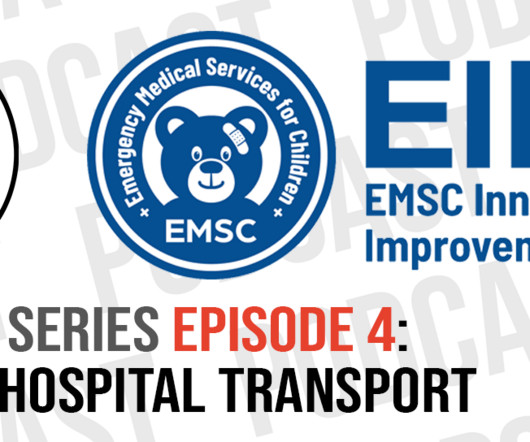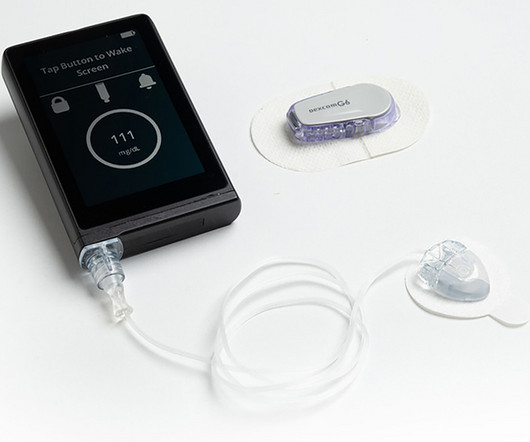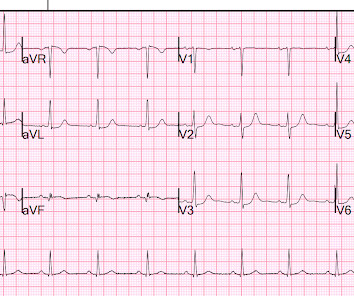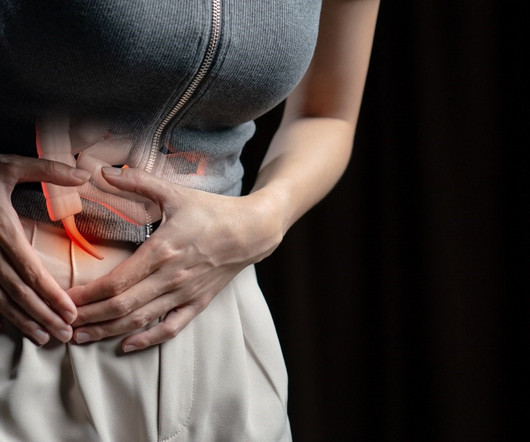Guidelines For Diagnosis Of Diaphragmatic Injury
The Trauma Pro
JUNE 6, 2023
In today’s post, I will review the diaphragmatic injury practice guidelines published by the Eastern Association for the Surgery of Trauma (EAST). I will follow this up on Friday with an interesting delayed diaphragm injury case. Diaphragm injury is a troublesome one to diagnose. It is essentially an elliptical sheet of muscle that is doubly curved, so it does not lend itself well to diagnosis by axial imaging.












































Let's personalize your content